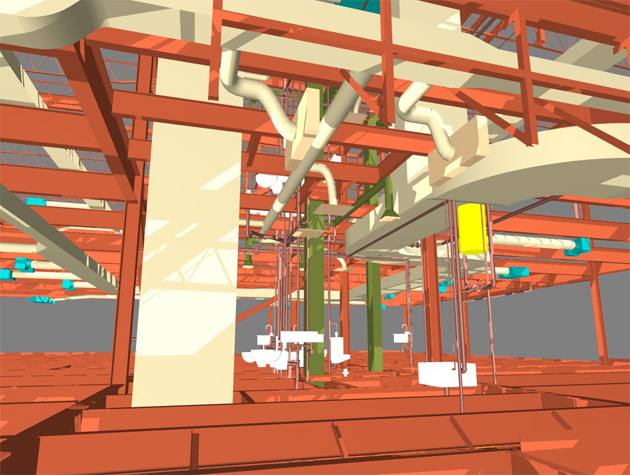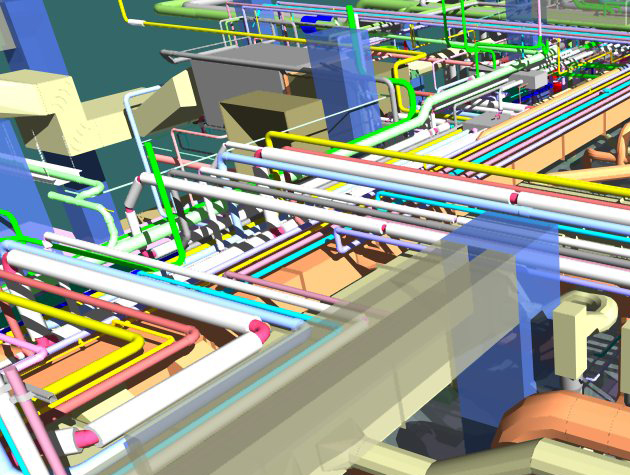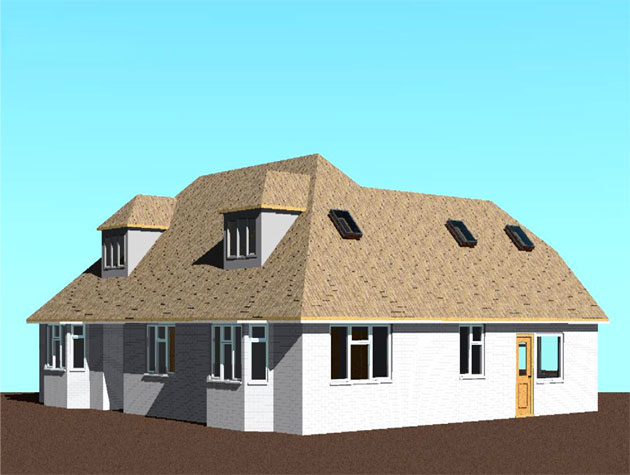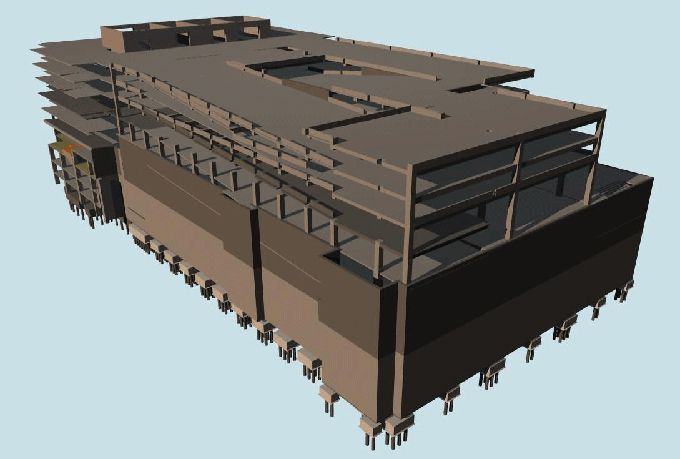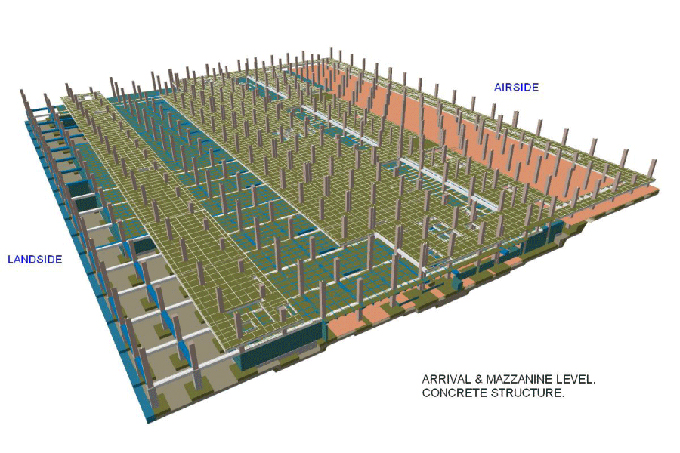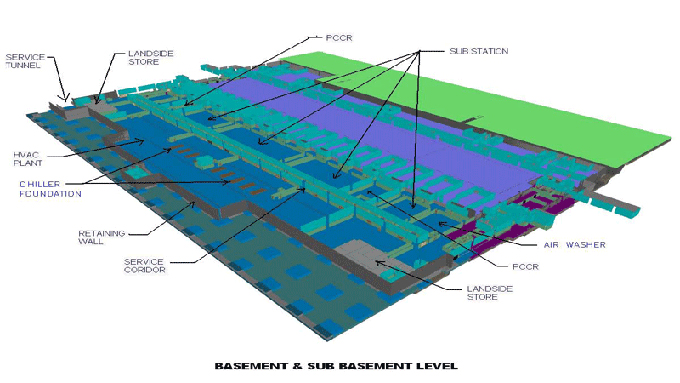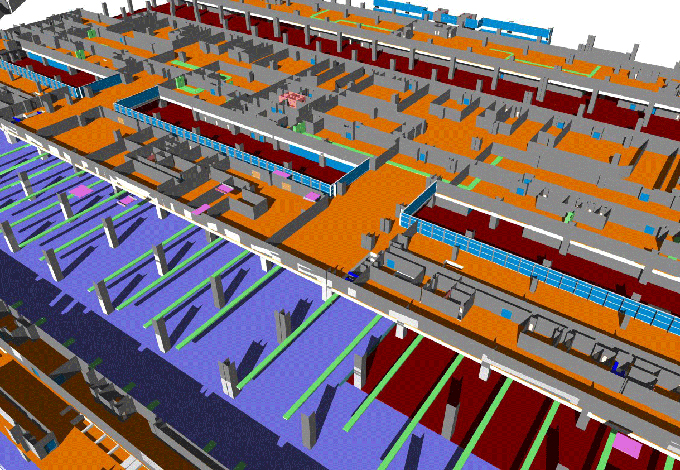Instant 5G Services in BIM
Tweet
The construction industry is on the cusp of a technological revolution, driven by the integration of cutting-edge technologies like Building Information Modeling (BIM) and the lightning-fast connectivity of 5G networks. As the demand for more efficient, sustainable, and cost-effective construction practices grows, the marriage of BIM and 5G promises to redefine the way projects are designed, executed, and managed.
Understanding Building Information Modeling (BIM)
BIM is a sophisticated digital representation of physical and functional characteristics of buildings and infrastructure. Unlike traditional 2D drawings, BIM enables stakeholders to collaboratively design, visualize, simulate, and manage buildings and infrastructure projects throughout their entire lifecycle.
At its core, BIM facilitates the creation of a comprehensive digital twin of a project, encompassing everything from architectural and structural elements to mechanical, electrical, and plumbing systems. This holistic approach fosters greater coordination, accuracy, and efficiency across all phases of construction, from conceptualization to operation and maintenance.
Introducing 5G Technology:
5G, the fifth generation of cellular network technology, represents a quantum leap in wireless communication. With speeds up to 100 times faster than 4G, ultra-low latency, and the capacity to support a massive number of connected devices simultaneously, 5G is poised to unleash a wave of innovation across various industries, including construction.
Instant 5G Services in BIM:
The integration of instant 5G services with BIM holds immense promise for revolutionizing the construction industry in several key areas:
Real-Time Collaboration
Instantaneous connectivity offered by 5G enables stakeholders dispersed across different locations to collaborate seamlessly on BIM models in real-time. Architects, engineers, contractors, and clients can collaborate and make informed decisions without delays, enhancing project coordination and efficiency.
On-Site Data Streaming
With 5G's high-speed data transmission capabilities, construction sites can stream vast amounts of data directly to and from BIM models in the cloud. This enables real-time monitoring of construction progress, facilitates just-in-time delivery of materials, and supports on-the-fly design modifications, reducing project timelines and costs.
Augmented Reality (AR) and Virtual Reality (VR) Integration
5G-powered BIM opens up new possibilities for immersive visualization through AR and VR technologies. Stakeholders can experience virtual walkthroughs of construction sites, visualize design changes in real-time, and identify potential clashes or errors before they occur, leading to improved project outcomes and client satisfaction.
Autonomous Construction Machinery
The combination of 5G connectivity and BIM data enables the deployment of autonomous construction machinery equipped with sensors and AI algorithms. These machines can leverage real-time BIM data to navigate construction sites, optimize workflows, and perform tasks with greater precision and efficiency, enhancing safety and productivity.
IoT Integration for Smart Buildings
5G-enabled BIM facilitates seamless integration with Internet of Things (IoT) devices, allowing for the creation of smart buildings and infrastructure. Sensors embedded within structures can collect real-time data on environmental conditions, occupancy levels, energy usage, and maintenance needs, enabling proactive management and optimization of building performance.
Challenges and Considerations:
While the convergence of 5G and BIM holds immense potential, several challenges and considerations must be addressed:
Infrastructure Requirements
The widespread adoption of instant 5G services in construction necessitates significant investments in infrastructure, including the deployment of 5G networks, cloud computing resources, and edge computing capabilities. Collaborative efforts between governments, telecom companies, and construction stakeholders are essential to overcome infrastructure barriers.
Data Security and Privacy
As construction projects generate vast amounts of sensitive data, ensuring robust cybersecurity measures is paramount. Stakeholders must implement stringent data encryption protocols, access controls, and privacy policies to safeguard BIM data from cyber threats and unauthorized access.
Skills and Training
The integration of 5G with BIM requires a skilled workforce proficient in both construction management and emerging technologies. Training programs and educational initiatives should be implemented to equip construction professionals with the necessary skills to leverage 5G-enabled BIM effectively.
Regulatory Compliance
Compliance with regulatory frameworks and standards governing data privacy, interoperability, and safety is essential for the successful implementation of 5G-powered BIM solutions. Construction stakeholders must stay abreast of evolving regulations and ensure adherence to industry best practices.
Future Outlook
As 5G networks continue to proliferate and BIM technology matures, the synergy between these two transformative forces will drive unprecedented innovation and efficiency in the construction industry. From enhanced collaboration and real-time data insights to autonomous construction and smart infrastructure, the possibilities are limitless.
Conclusion
The integration of instant 5G services in BIM represents a paradigm shift in the way construction projects are conceived, executed, and managed. By leveraging the power of high-speed connectivity, real-time collaboration, and immersive visualization, construction stakeholders can unlock new levels of efficiency, productivity, and sustainability.
To get online demonstration, watch the following video tutorial.
Video Source: Ayesa
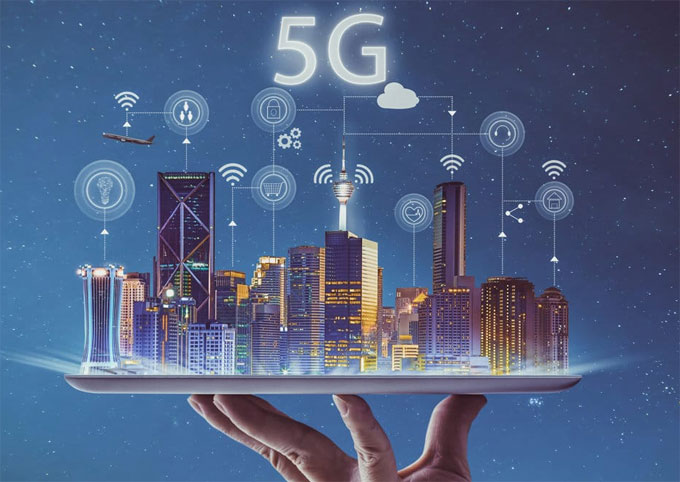
Gallery
Feel free to contact us for BIM requirements. One of our representative will respond you within 24 Hours. Send us your projects requirement today and grow your project.
Explore More !
